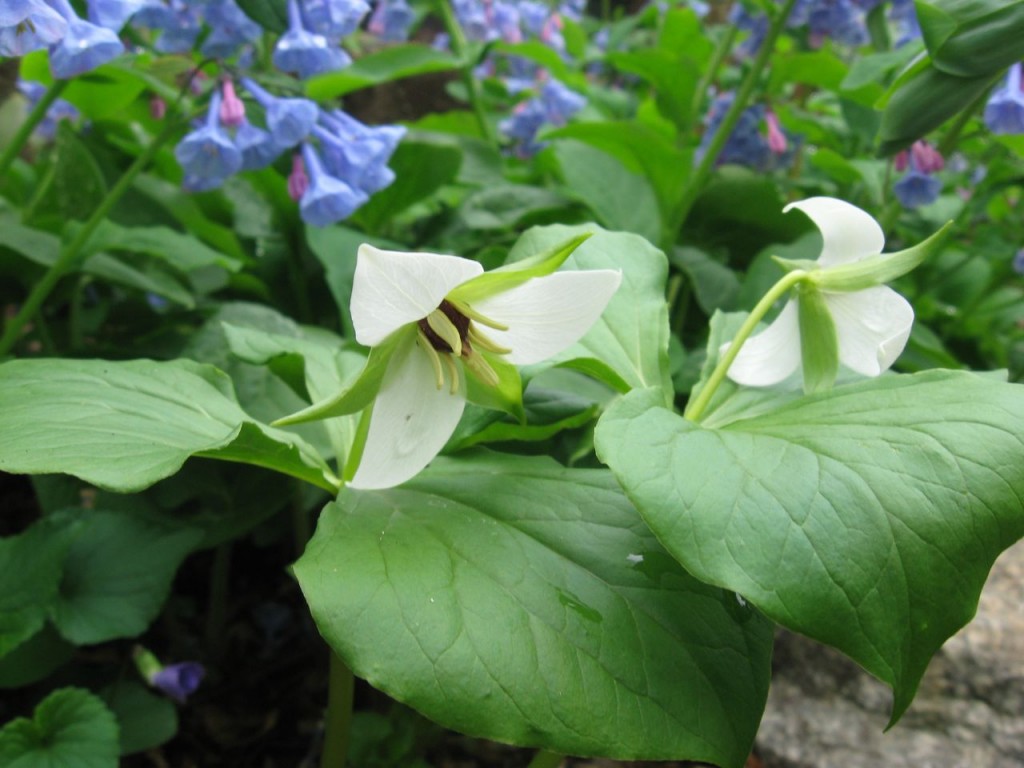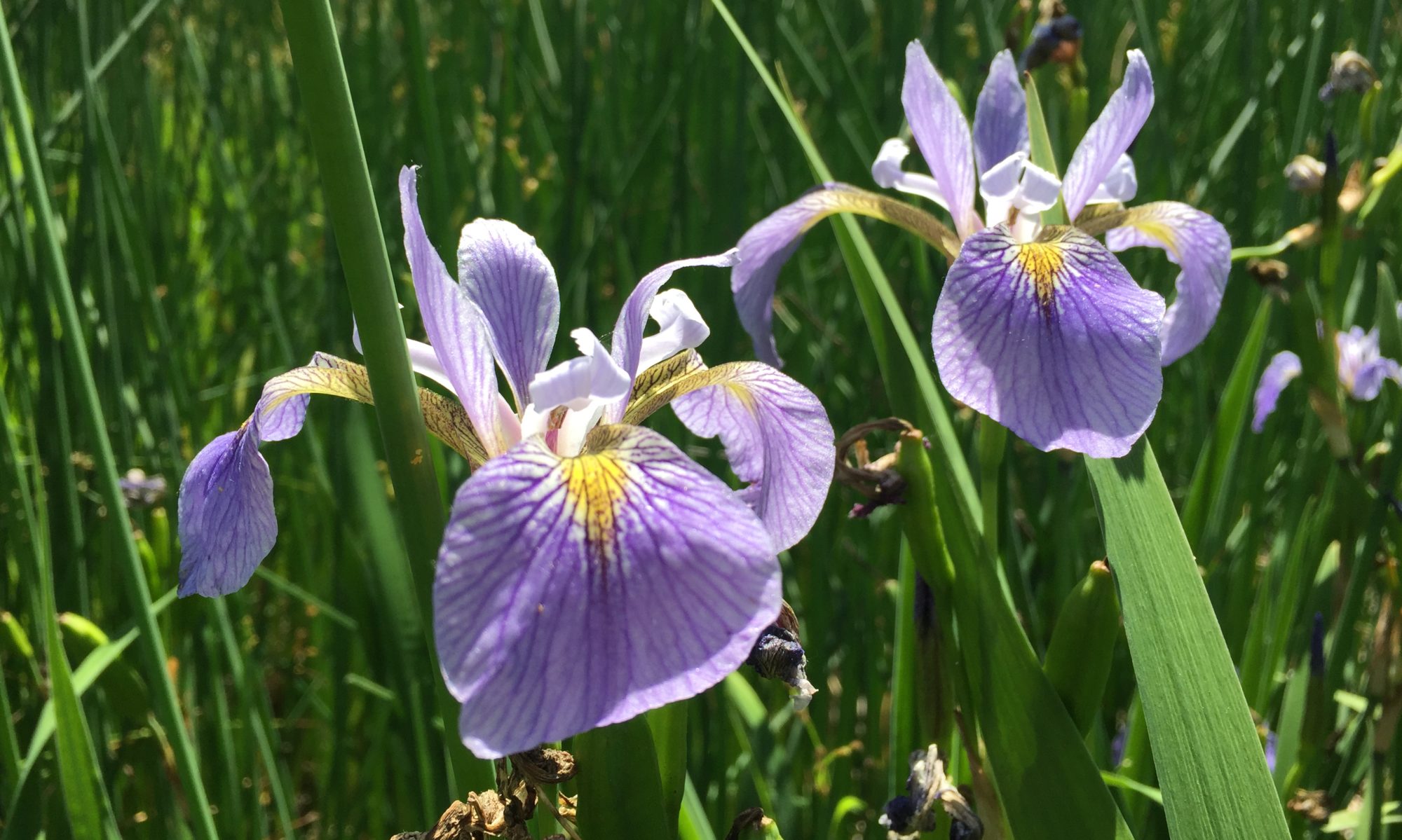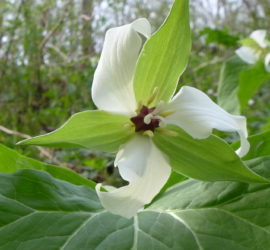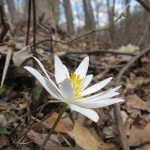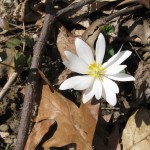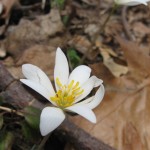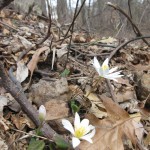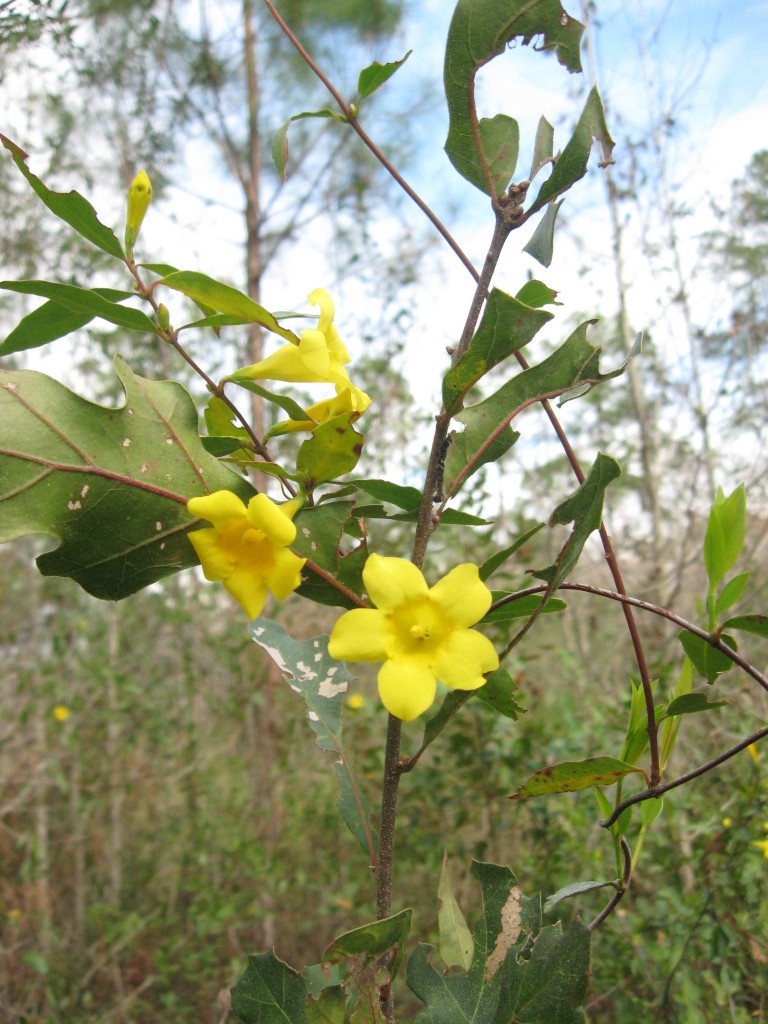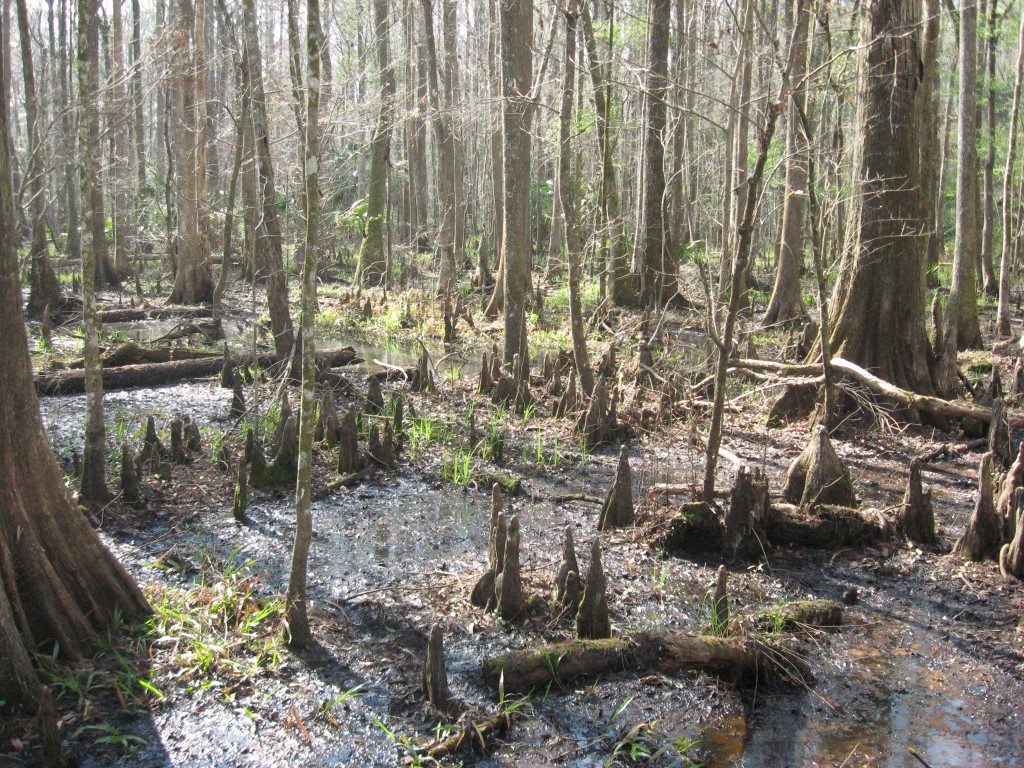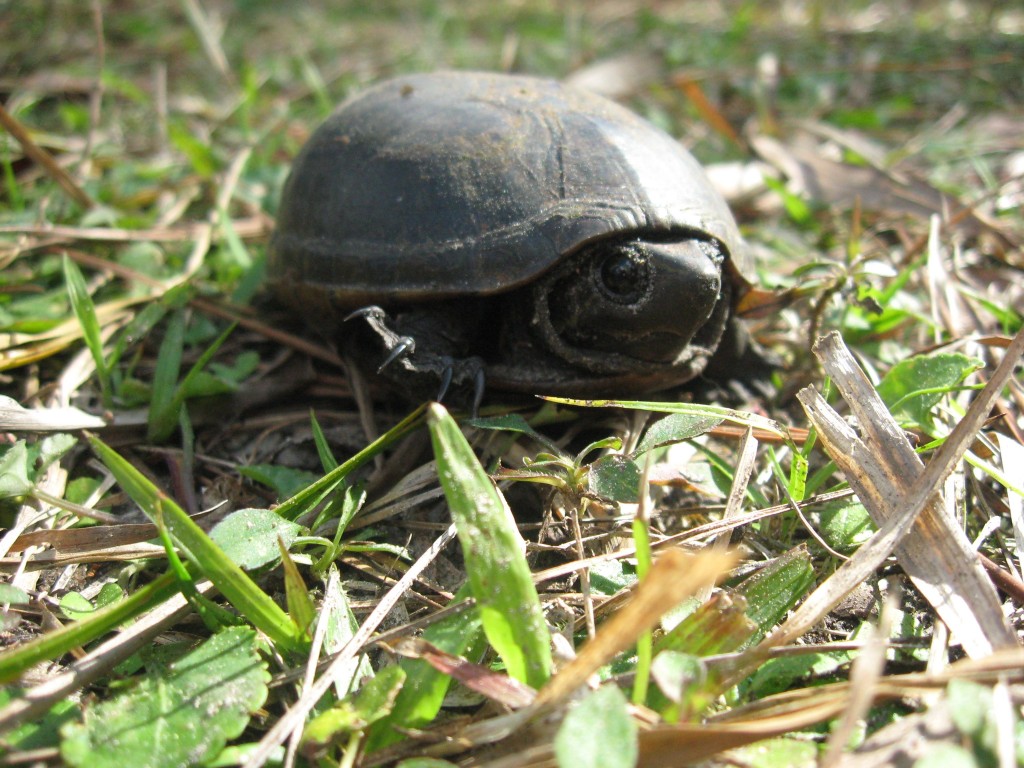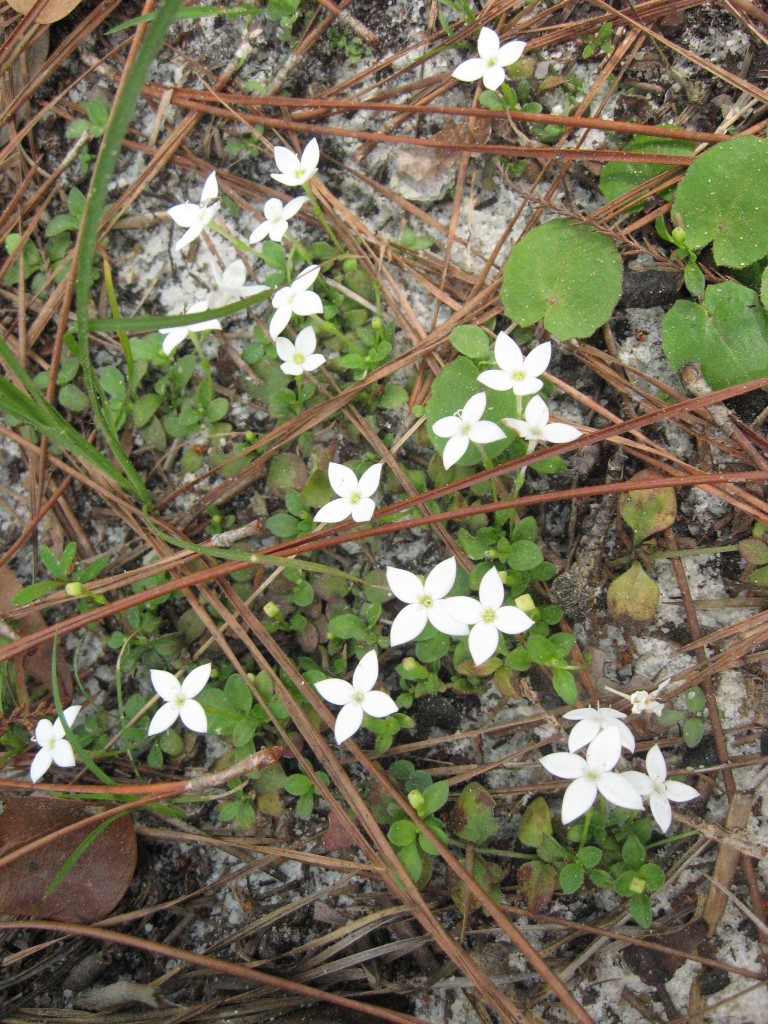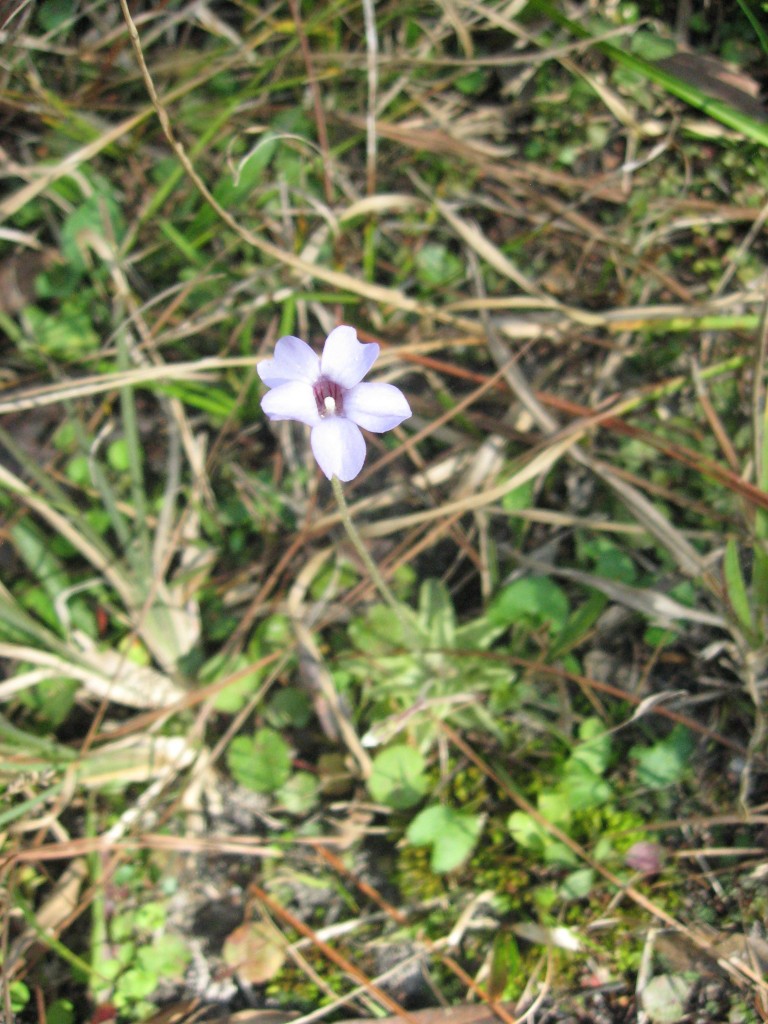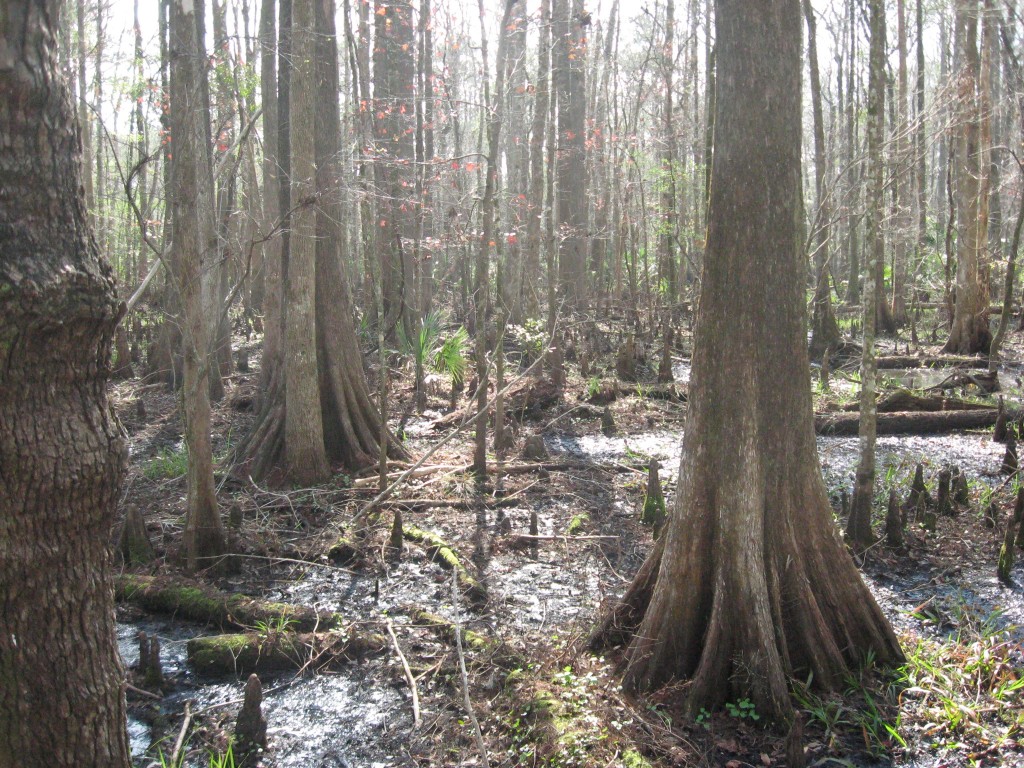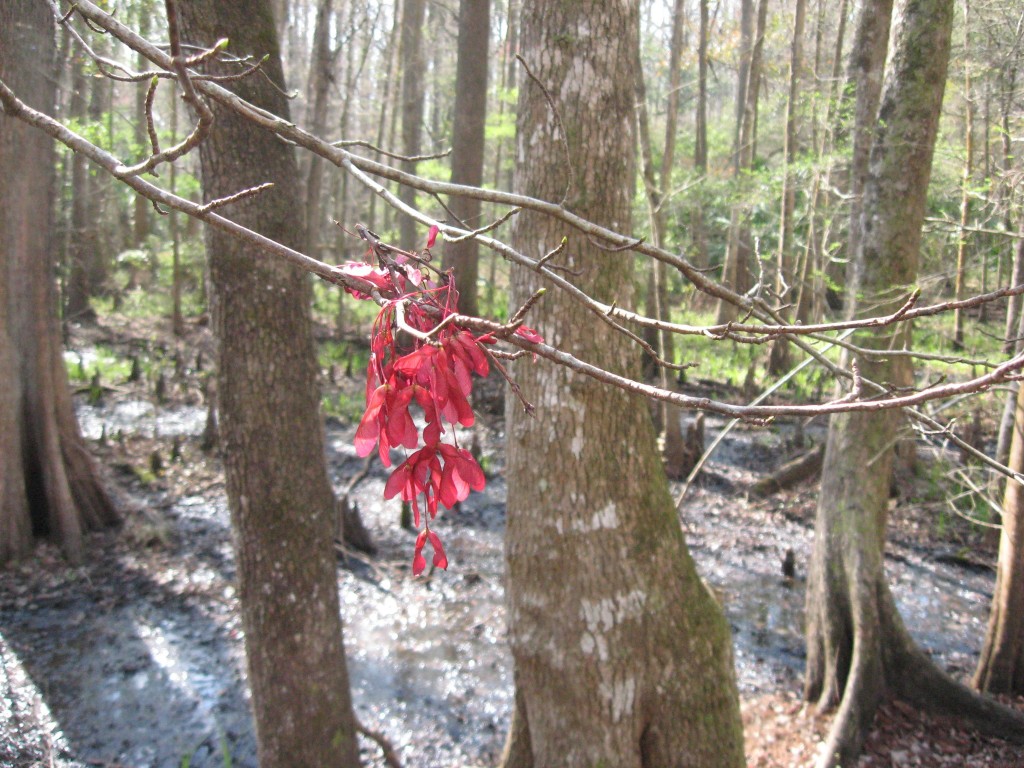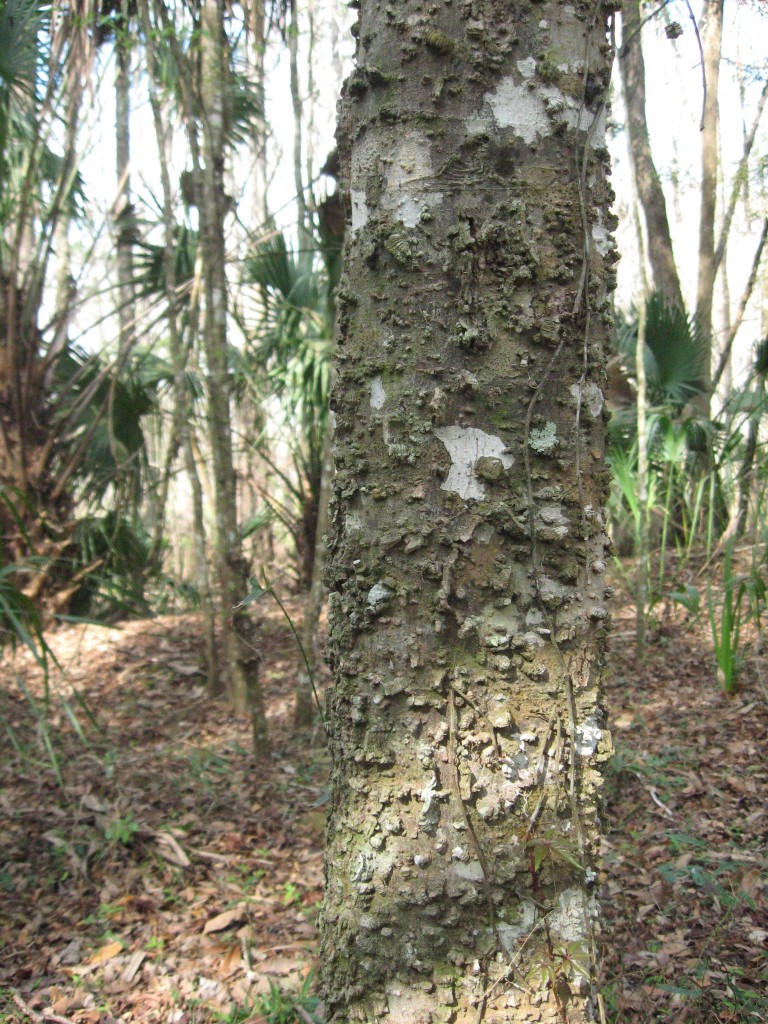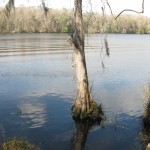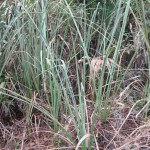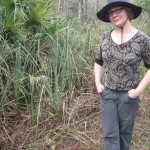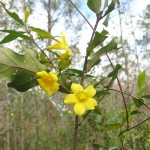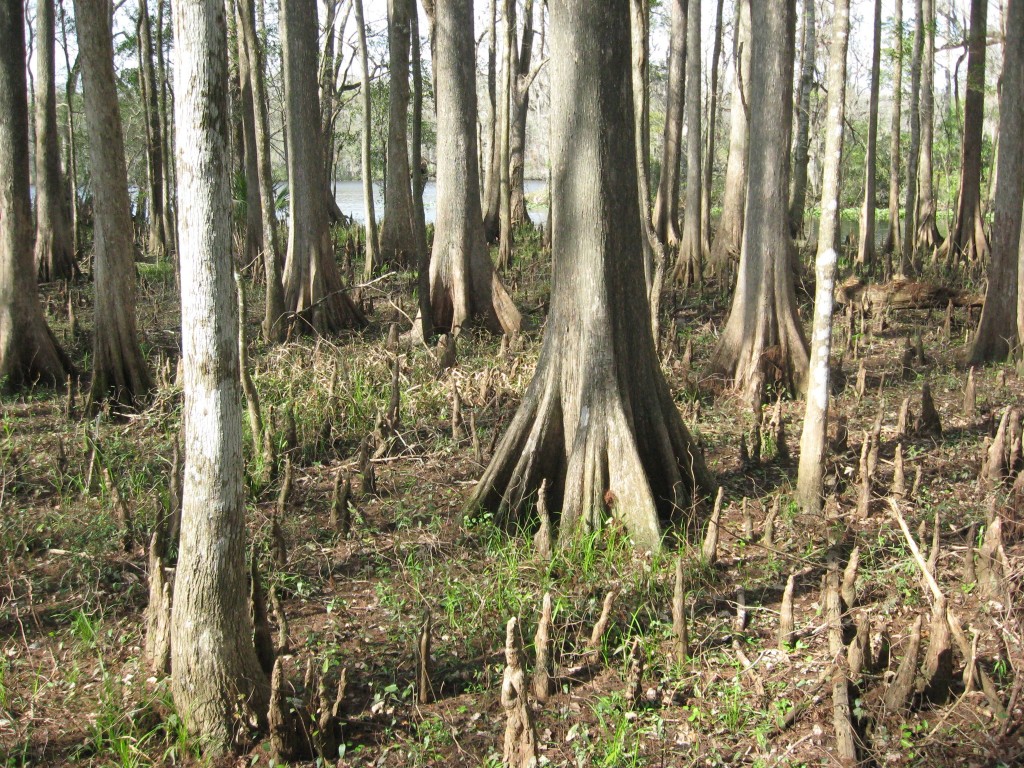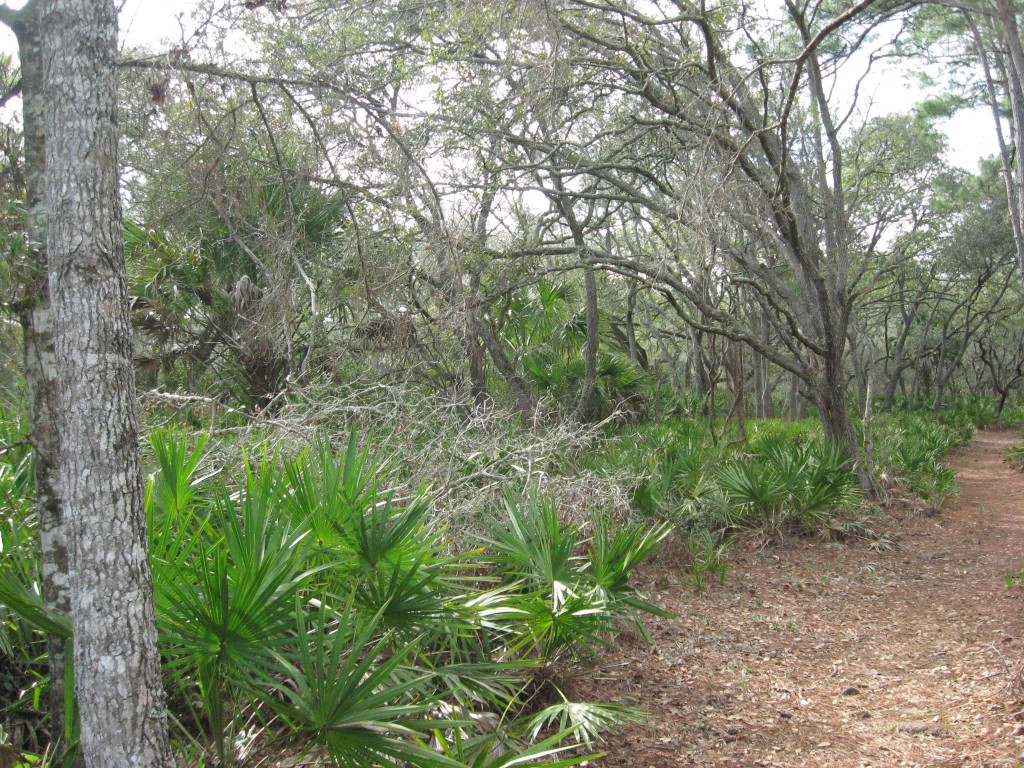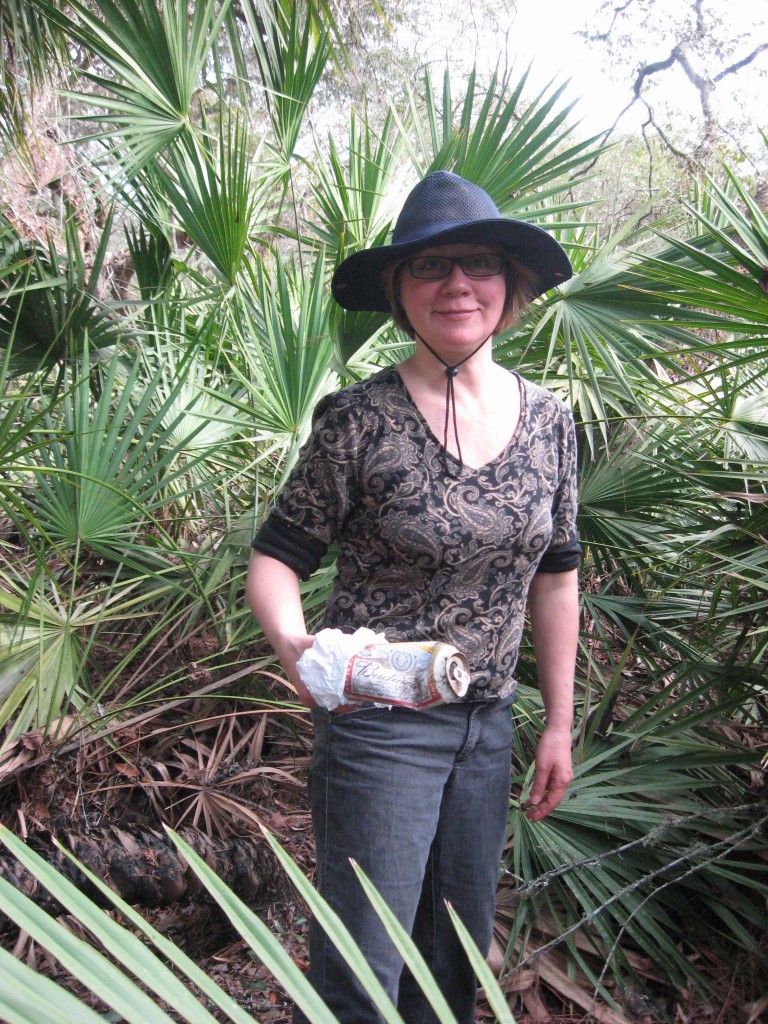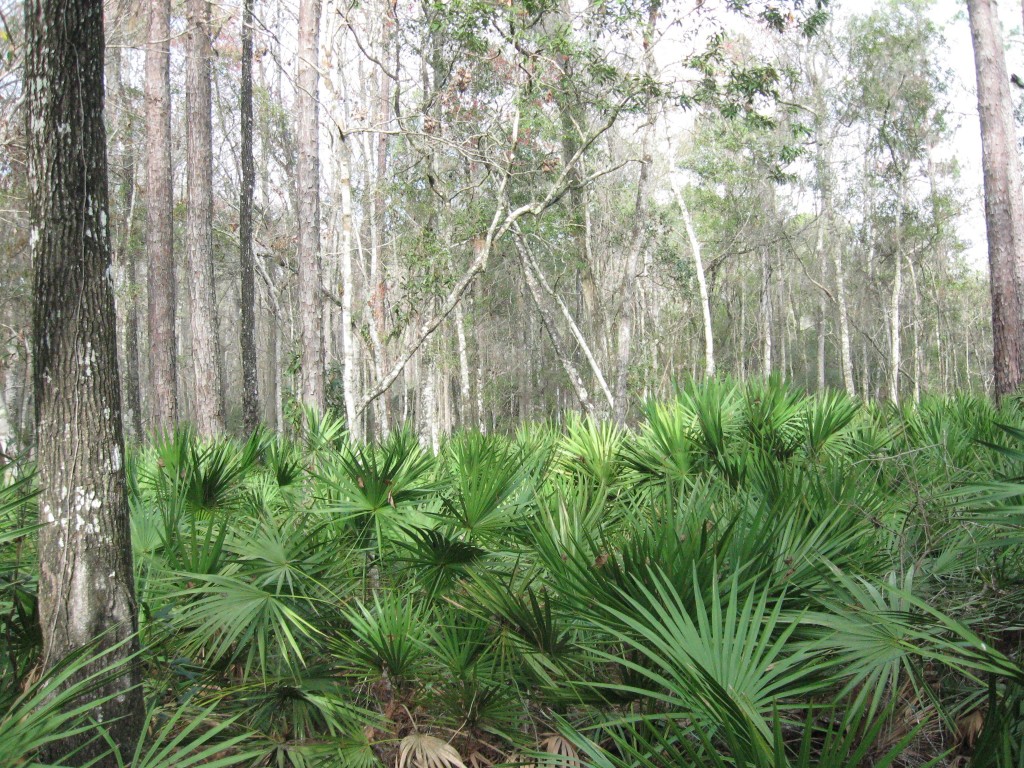Spring 2013 is quickly wrapping up as the solstice approaches. Post Memorial Day has a summer feel in some respects, but it is still the very end of Spring. The trees have a fresh, lush, green and the Tulip Poplars are still flowering here in Philadelphia. The Bloodroot is just now letting out its seed, with their pouches bursting open, full of ripe brown seeds, ready to be carried off by the ants.
We are presenting a retrospective of Spring in our Garden, starting with the flowering Bloodroot.
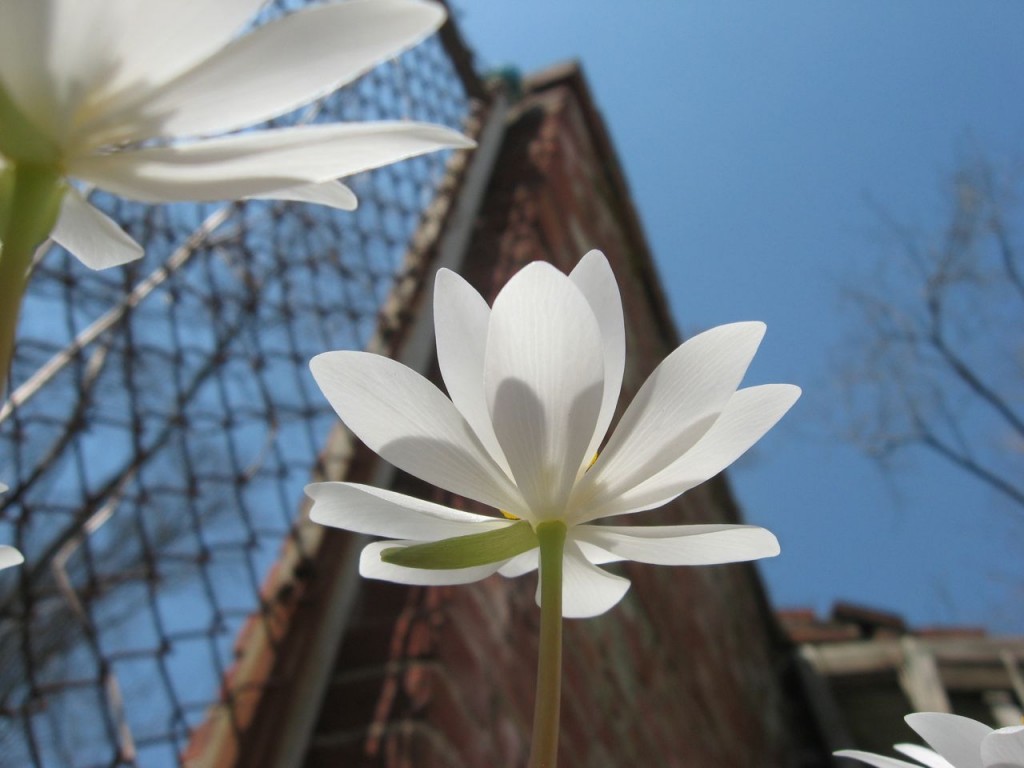
Bloodroot opens up with a refreshing, diverse array of  delicate white flowers in the early Spring afternoon.
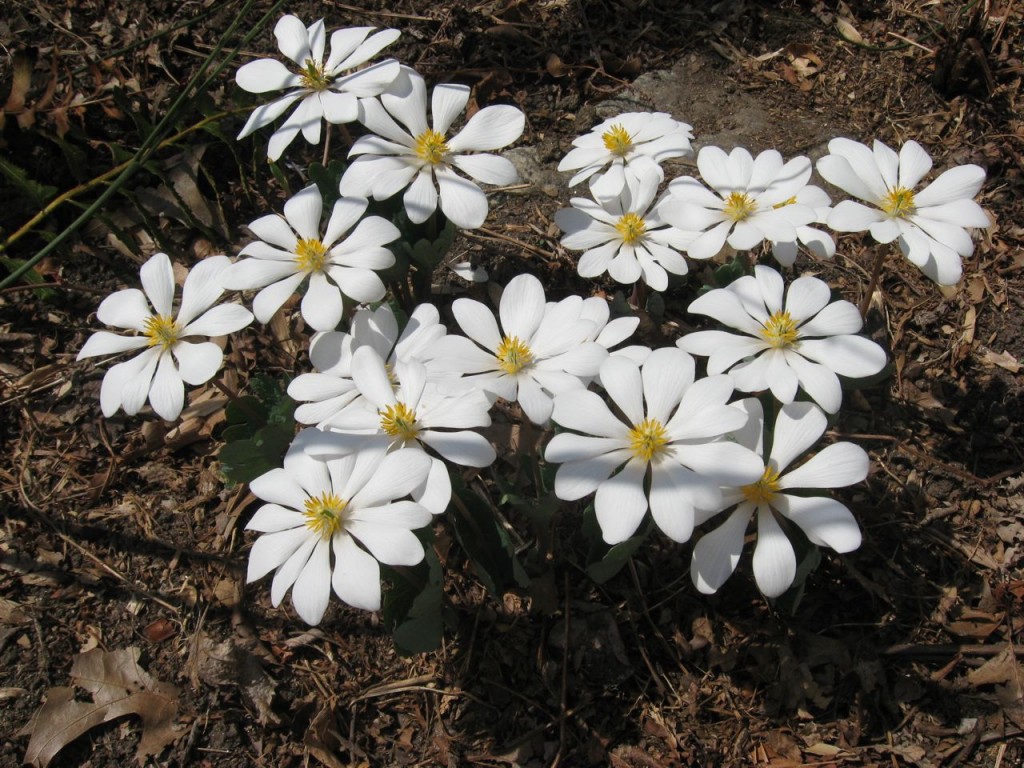
Bloodroot creates a joyous and exciting start to the season. We decided to try to capture the blooms in a time-lapse video.
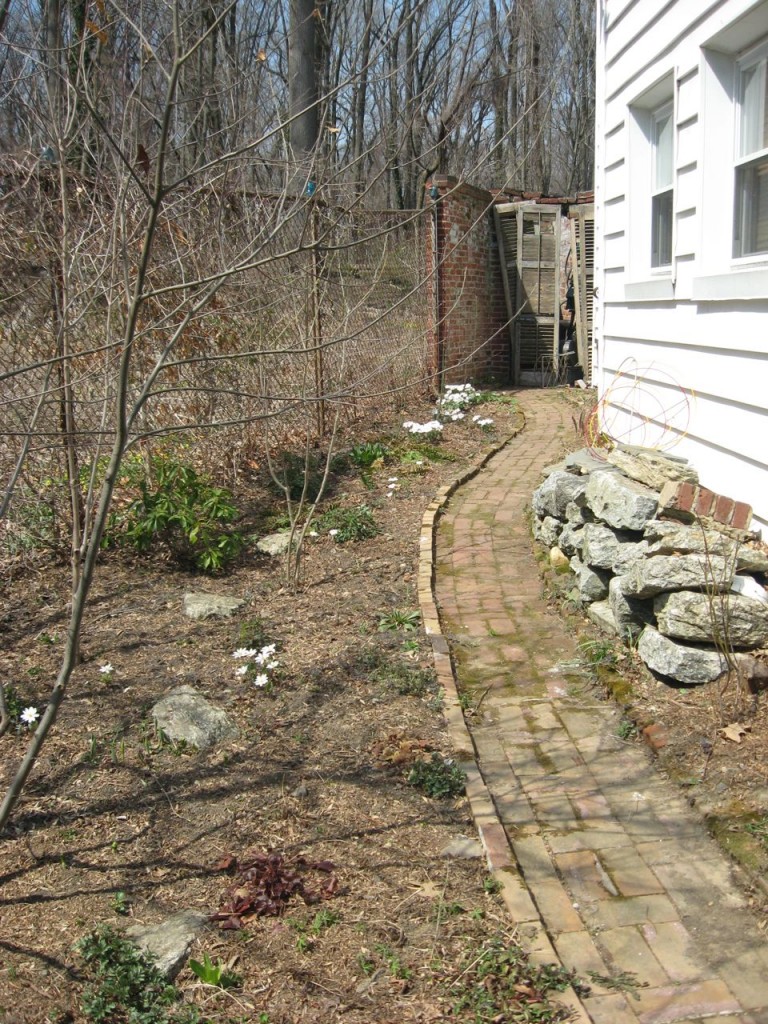
With all of the apps out there with the Ipad, Iphone and Ipod, we were able to create these videos of the bloodroot flower blooming. We used the app O-Snap, which has a very easy user interface. The Ipad video was the first one made. This one was made in the course of an afternoon, using a photo taken every 30 seconds. Watch these 490 photos unfold in this time -lapse movie:
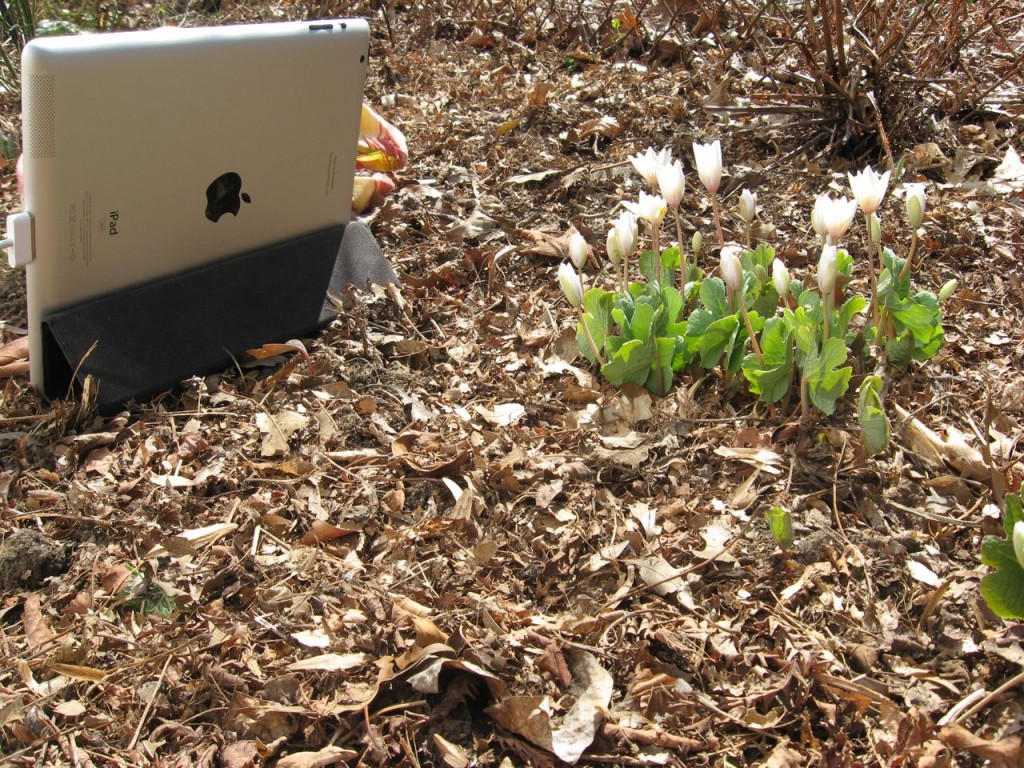
The Ipod Touch became a dedicated camera for over two weeks as we made a time-lapse video of the Bloodroot flowers growing and blooming. Most essential was to have the device inside the house, and up against a window, with a planter box where we have bloodroot growing, so the protected device was only about one foot away from the plants.
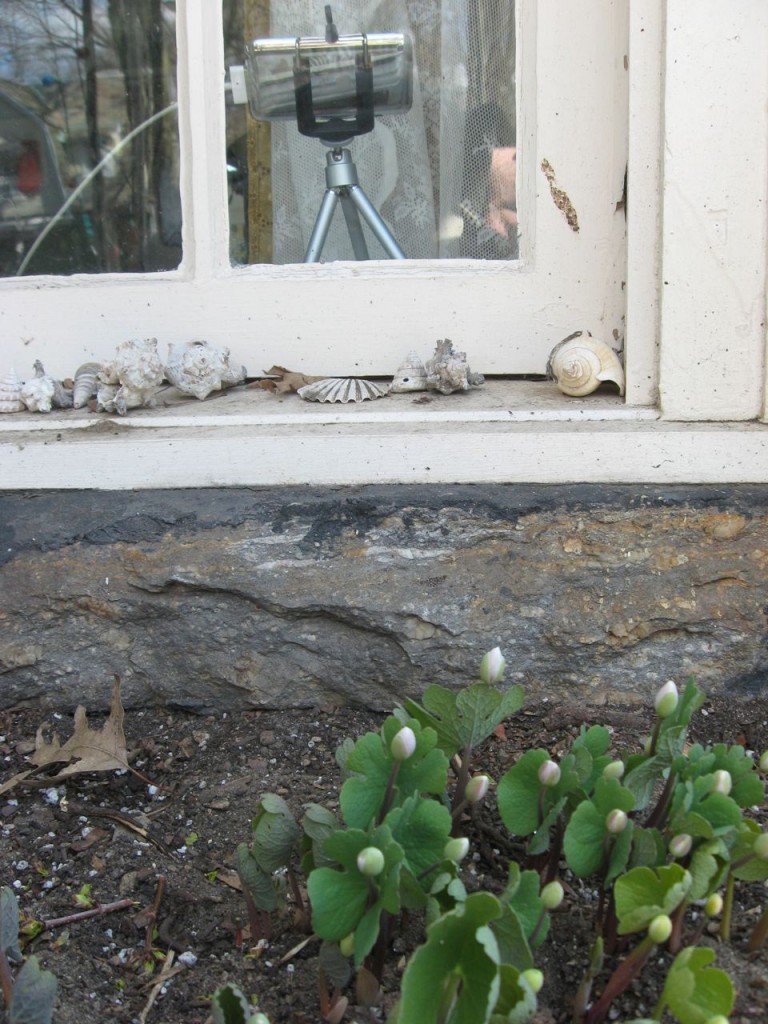
The 1400 photos taken over this period were taken at 15 minute intervals for the most part, and towards the very end of the segment, they were reduced to just one minute intervals in order to try to capture the flowering event, which was difficult to predict due to the weather. This video is most interesting because it clearly shows how much the plants follow the sunlight as the days pass by. See this Video here:
The intervals of photographs were based on prior years observations of this plant’s flowering habits and some calculated risk based on these observations and the weather conditions. Basically, to get a blooming flower in a video, there must be a sunny afternoon (the flowering is generally not a morning event), above 50 degrees with a full bud on the emerged plant, right around the Spring equinox in Philadelphia. If it is a nice , very early Spring day, then the Bloodroot may be blooming!
The I-Pad and I-Phone 5 were busy recording the blooming flowers on just one sunny, bright, early spring afternoon. The bundled tablecloth cloth was the extra insurance  needed against a sudden wind or toppling of the Ipad onto the adjacent rock. That would be an unfortunate mess!
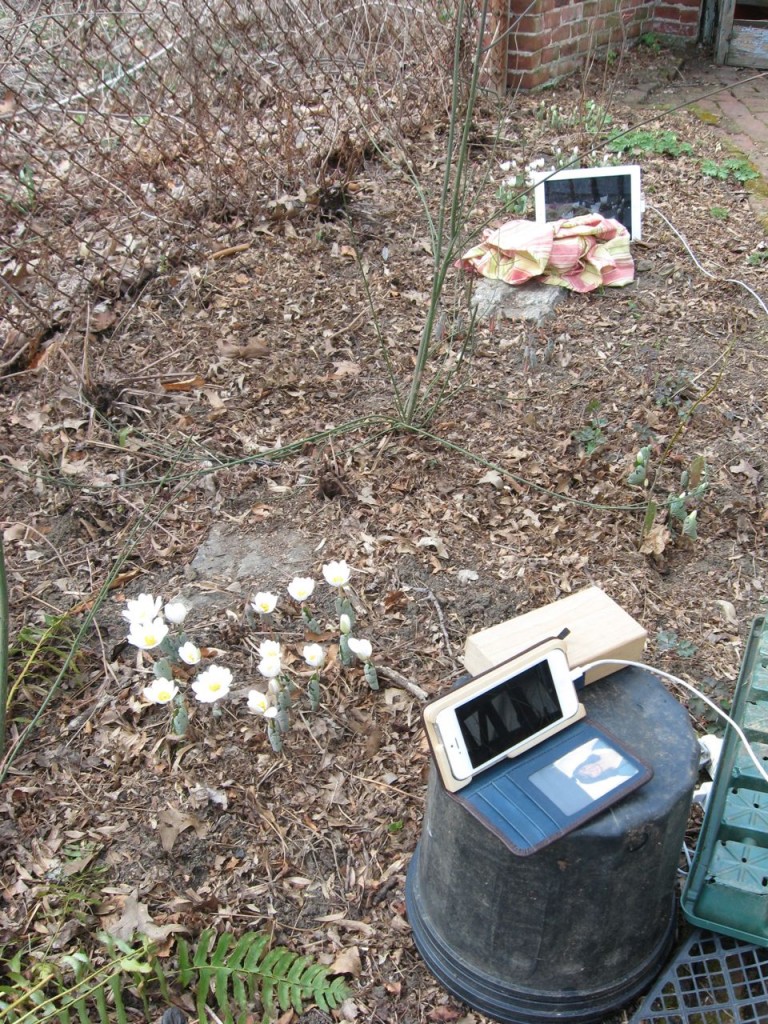
The Iphone 5 captured our favorite patch blooming nicely in this video:
And then the flowers were gone, the petals scattered about the dirt below, signifying the end of the very early spring.
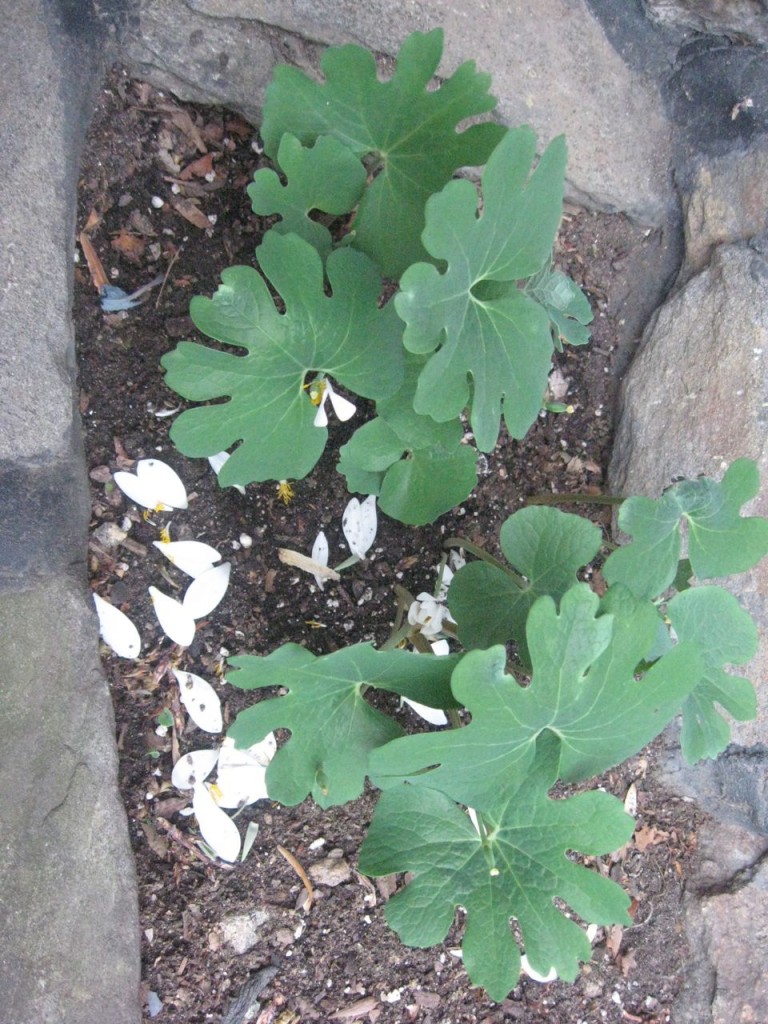
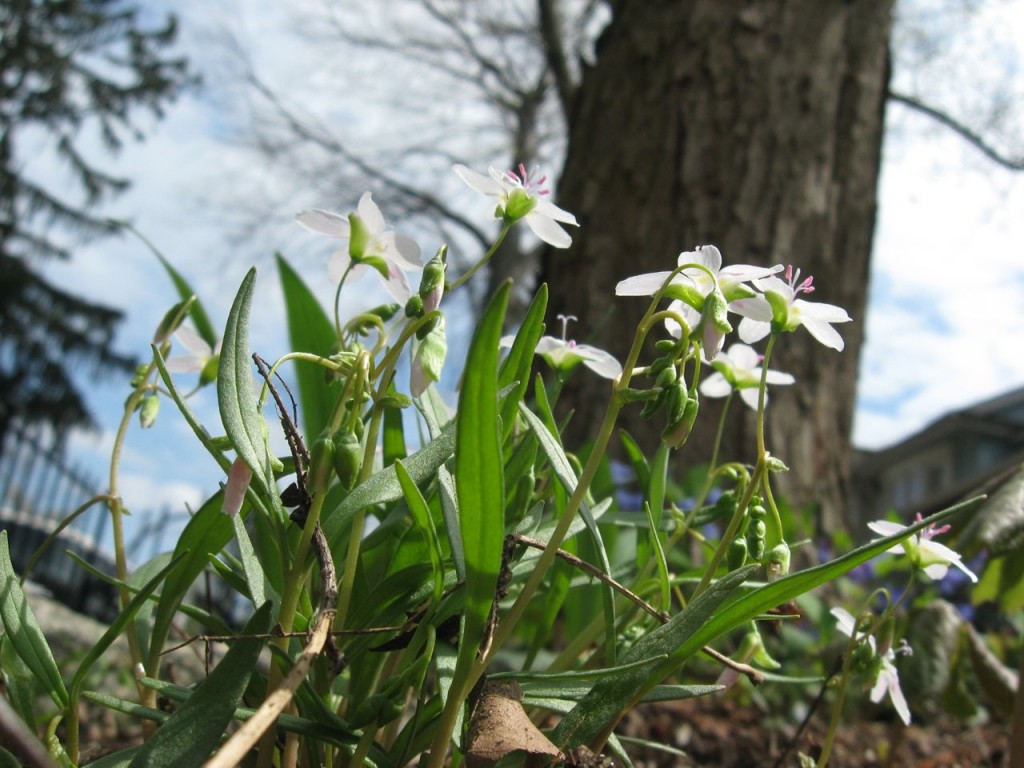 The Spring Garden of The Sanguine Root, Morris Park Road, Overbrook, West Philadelphia, 2013, www.thesanguineroot.com
The Spring Garden of The Sanguine Root, Morris Park Road, Overbrook, West Philadelphia, 2013, www.thesanguineroot.comWe very much enjoyed the Spring Beauties (Claytonia  virginica) that grew and bloomed in our garden!
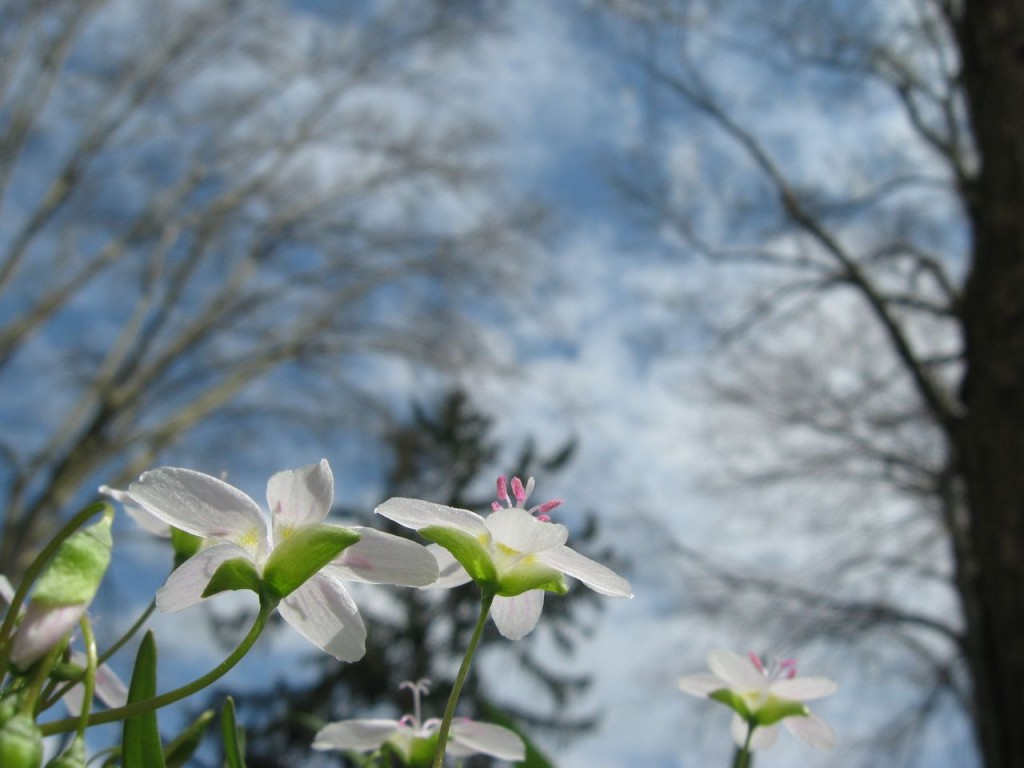
Spring Beauty is a great garden plant, creating  pleasing and serene early spring white flowers that last for a few weeks.
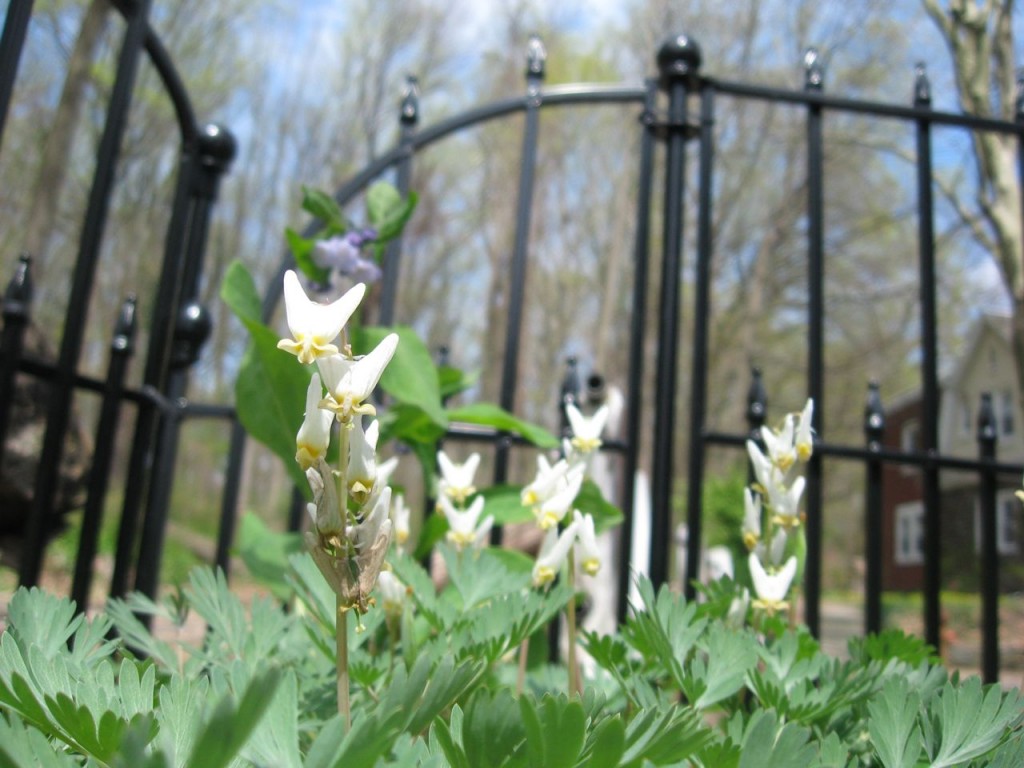
This picture above is all new material: This is the first time that the Dutchman’s Breeches we planted three years ago has bloomed in such a robust manner! Also new is the garden fence, which we installed to keep off-leash dogs from trampling our plants, as well as discourage browsing deer from eating them. So far, this has been wildly successful, as well as an elegant solution. As some neighbors have noted, it is very French as well.
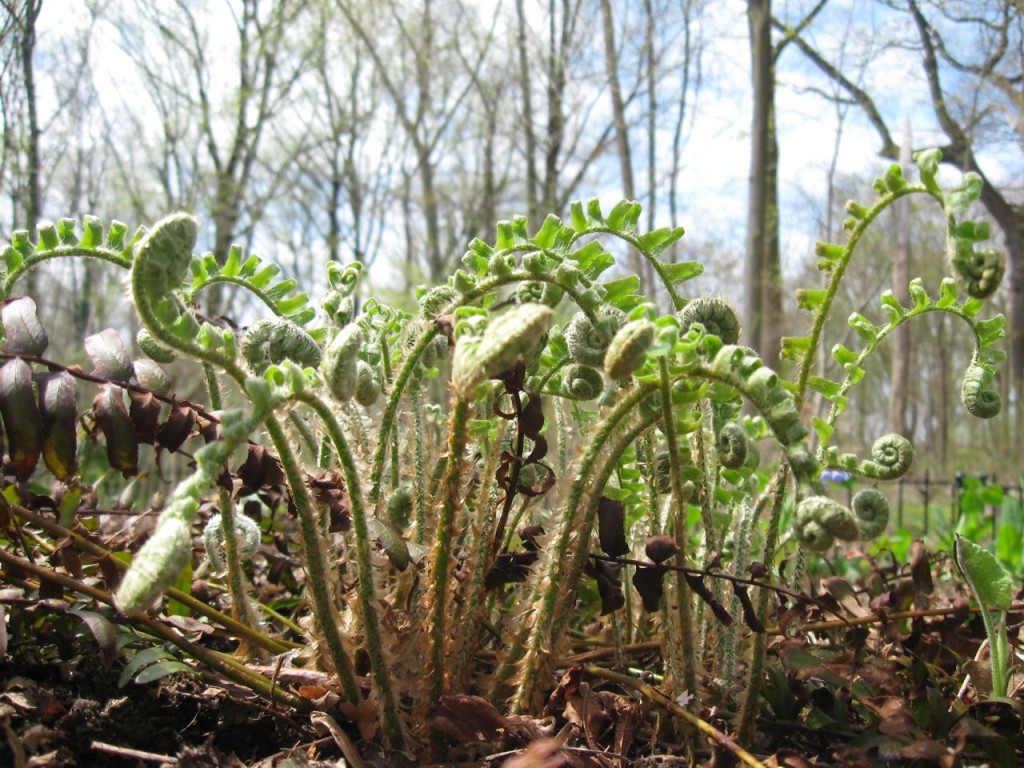
Christmas fern unfurls amidst the fronds of last year. Always a pleasant scene in the Early Spring!
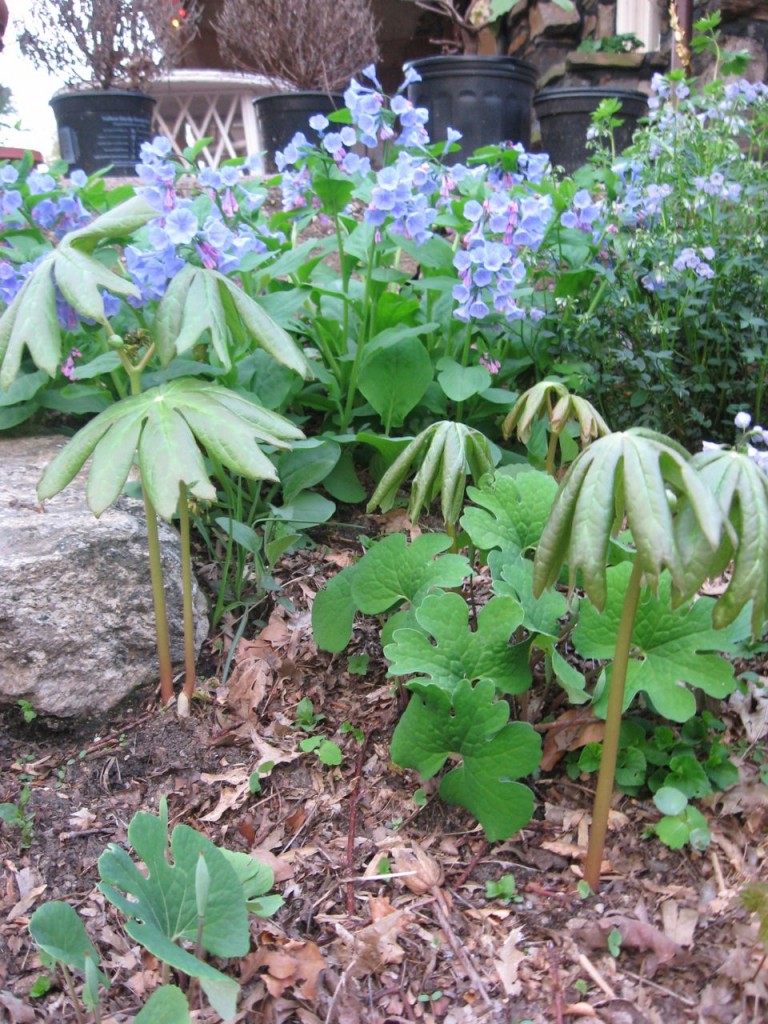
And this, above is the most fabulous Early Spring garden combo: Mayapples, Bloodroot Bluebells and Jacob’s Ladder.
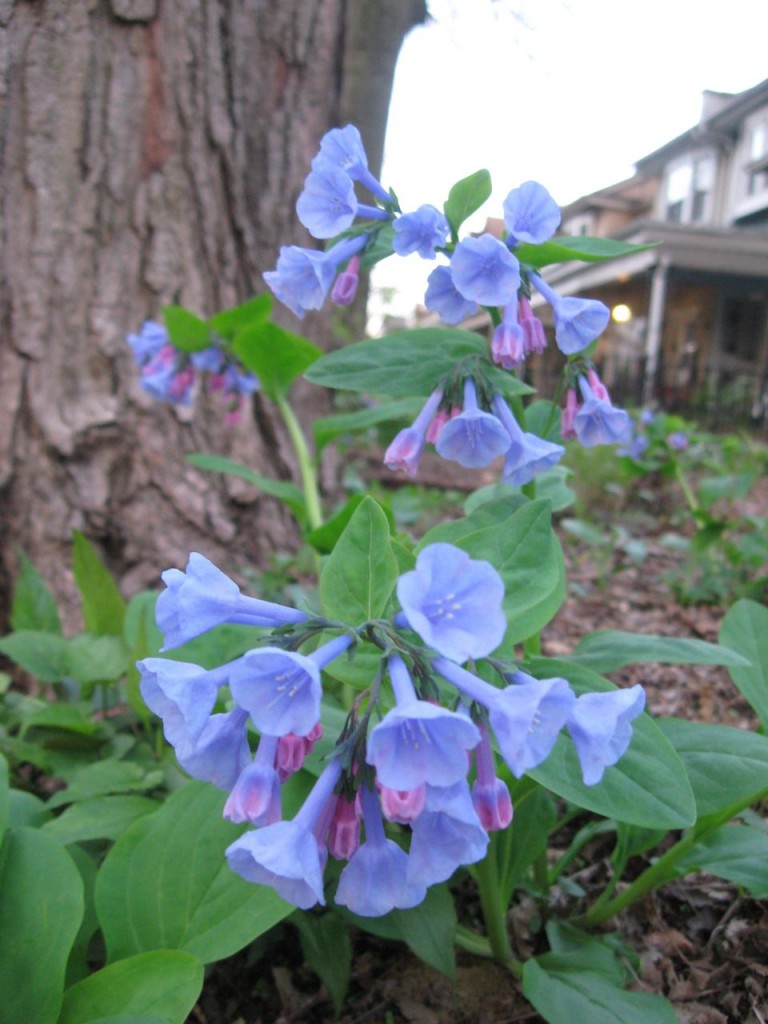
These next two shots are the last Bluebells we will sing praises of and display for you, this year, 2013.  This Spring has been  the most fantastic Bluebell year for us so far, in our Gardens and in our Spring adventures, the Bluebell has been the Spring thing.
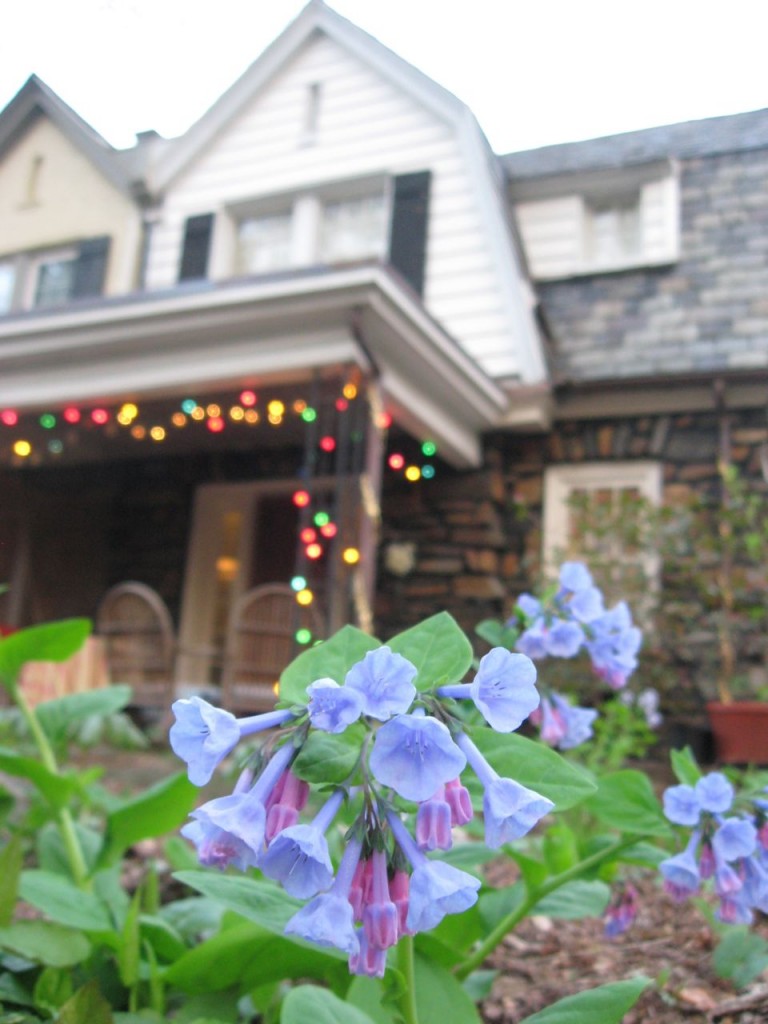
This Early Spring retrospective written in the last days of Late Spring would not be complete without showing off our garden Trilliums. Shenks Ferry Wildflower Preserve anyone? Could this picture have been taken at Shenk’s Ferry Wildflower Preserve or what? Trillium Erectum v. album with Mertensia virginica, the Bluebell is such the Shenks Ferry scene. These nursery -propagated specimens are now re-seeding themselves in our gardens, just like at Shenks Ferry.
And this brings us to the last thematic of Early Spring 2013: how our urban yards can be transformed into the reality of some of the most vibrantly beautiful natural areas we can dream of visiting on a beautiful balmy Spring day. And if you have lots of room in a rural or suburban yard, imagine how many of these same plants can become larger, more comprehensive swaths of natural beauty, so much so that you may be happier staying home, (away from the traffic and crowds looking for nature in the decreasing remnant natural areas) because you are mesmerized by the beauty of your own yard!
